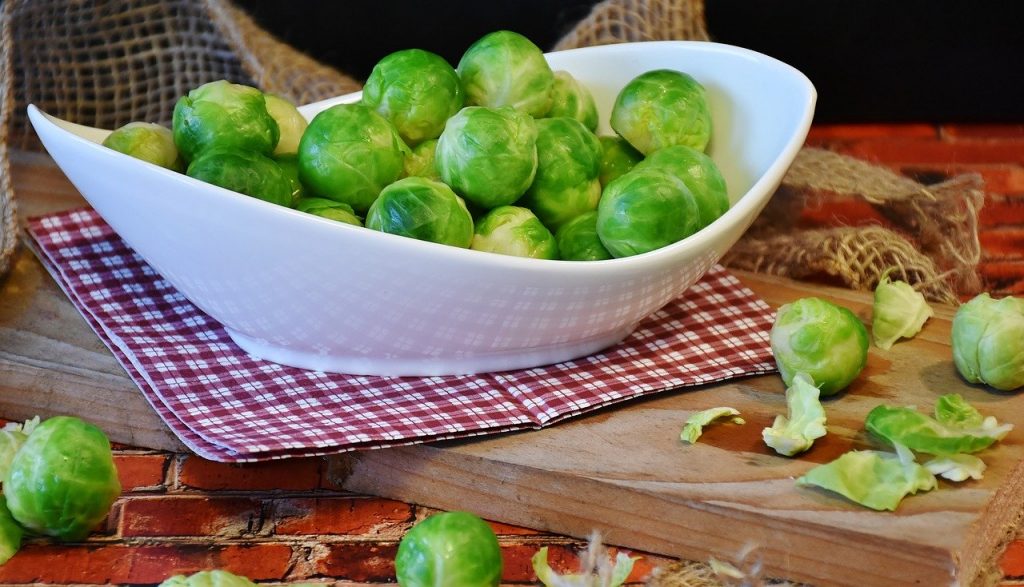[Article updated on 19/09/2023]
Fruits and vegetables have unique nutritional qualities. They are low in calories, contain large amounts of water, vitamins and minerals. If you eat fresh fruits and vegetables daily, you can prevent the development of cardiovascular diseases, digestive disorders, certain types of cancer and neurodegenerative diseases. In this short article, I will tell you about fruits and vegetables whose names start with “c”.
Fruits whose names start with “c”
Among the fruits whose name begins with “c”, we have:
- star fruit;
- blackcurrant;
- the citron
- the cherry;
- Chestnut;
- the lemon;
- soursop;
- clementine;
- kaffir lime
- Quince.
Lemon, clementine, citron, combava
These “c” fruits contain compounds called flavonoids, which may have anti-cancer properties. Flavonoids in citrus fruits are also antioxidants that can neutralize free radicals and may protect against heart disease.

Starfruit
Carambola, or star fruit, is the fruit of Averrhoa carambola, a species of tree native to Southeast Asia. Star fruit is an extremely low-calorie fruit that is rich in dietary fiber, vitamins A, B and C as well as minerals like zinc, phosphorus, magnesium, sodium, iron and potassium.
Cassis
Blackcurrant is the fruit of Ribes nigrum, a woody shrub of the Grossulariaceae family. Blackcurrant is a small, shiny black fruit that is produced in clusters. The raw fruit is particularly rich in vitamin C and polyphenols. Like other berries, black currants are excellent sources of fiber, vitamin C and antioxidants.
Cherry
Cherries are small stone fruits that come in a variety of colors and flavors. There are two main categories: tart cherries (Prunus cerasus L.) and sweet cherries (Prunus avium.). All varieties are highly nutritious and packed with fiber, vitamins and minerals.
Chestnut
Starchy, sweet, rich in flavor, chestnuts are popular edible nuts in the northern hemisphere. Their carbohydrate content is comparable to that of wheat and rice. Chestnuts contain about 8% of various sugars, mainly sucrose, glucose, fructose and, in lesser amounts, stachyose and raffinose.
Quince
Quince is a golden yellow pear-shaped fruit. It is the fruit of the quince tree (Cydonia oblonga). Quince is a very nutritious fruit that also has a very low calorie density. It is also an excellent source of dietary fiber, antioxidants, vitamins and minerals.
Soursop
Soursop is the fruit ofAnnona muricata, an evergreen tree. The flavor of the fruit has been described as a combination of strawberries and apple with sour citrus notes. Raw soursop is 81% water, 17% carbohydrates, 1% protein and has negligible fat content.
Vegetables in “c”
The list of “c” vegetables includes:
- the celery;
- celery;
- the carrot;
- celeriac;
- white cabbage;
- pumpkin;
- Brussels sprouts;
- kale;
- the courgette;
- cauliflower;
- kohlrabi;
- squash;
- the cucumber;
- watercress.
White cabbage, Brussels sprouts, kohlrabi, cauliflower, kale
Raw cabbage contains 92% water, 6% carbohydrates, 1% protein and contains little fat. Cabbage also contains small amounts of other micronutrients, including vitamin A, iron and riboflavin. Cabbages are rich in vitamin B6 and folate. Additionally, cabbage is high in fiber and contains powerful antioxidants, including polyphenols and sulfur compounds.

Celery
The celery (Apium graveolens) is a plant of the Apiaceae family which has been cultivated as a vegetable since ancient times. Celery is very low in calories and carbohydrates. One medium stalk contains only 6 calories and 1.2 grams of carbohydrates. Celery contains vitamin C, beta-carotene and flavonoids.
Pumpkin
A pumpkin is a cultivar of winter squash that is round with smooth, slightly ribbed skin. Most often, this vegetable has a dark yellow to orange color. Pumpkin is a very nutritious food. It is nutrient-dense, meaning it contains lots of vitamins and minerals, and relatively few calories. It is also exceptionally rich in beta-carotene, a powerful antioxidant.
Cucumber, squash and zucchini
Cucumber, squash and zucchini are all vegetables belonging to the Cucurbitaceae family. These vegetables are generally distinguished by their high water content. They are a good source of fiber, potassium and several other key nutrients. Their nutritional content makes them beneficial for digestion and blood pressure.
Cress
Watercress (Nasturtium officinale) is a species of aquatic plant belonging to the Brassicaceae family. Watercress is 95% water and is low in carbohydrates, protein, fat and dietary fiber. It is particularly rich in vitamin K and contains significant amounts of vitamin A, vitamin C, riboflavin, vitamin B6, calcium and manganese.
My video dedicated to fruits and vegetables starting with c:
